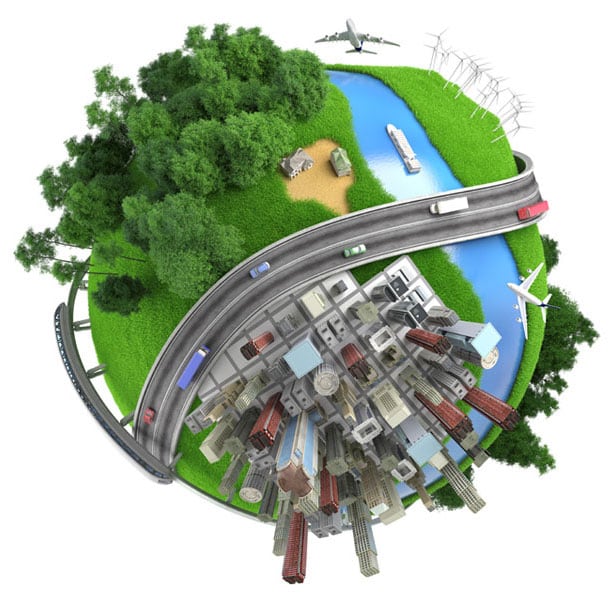Lead batteries are among the most recyclable consumer products on the planet. Nearly every component — from the lead and plastic to the electrolyte — is reclaimed and reused, creating a sustainable lifecycle. This closed-loop process plays a pivotal role in energy storage systems that power vehicles, backup power systems, and renewable energy grids.

Click on the icons in the circle to learn more.
Lead batteries are engineered with sustainability in mind, innovative designs ensure components are easy to recycle, maximizing their lifecycle and keeping materials in circulation while minimizing waste.
New lead batteries are sustainably produced using recycled lead, plastic, and other materials. Over 90% of lead batteries sold in the U.S. are produced in North America.
Every day, businesses and consumers rely on lead batteries to keep operations running smoothly and efficiently. Lead batteries power 30% of global energy storage, including vehicles, renewable energy systems, and backup power for data centers, hospitals, and other critical infrastructure. They are essential power to keep us moving, connected, and protected.
When batteries reach the end of their life, 99% are collected for recycling — the highest recycling rate of any consumer product. More than 300,000 collection sites in the U.S. make recycling convenient for everyone.
Spent batteries are broken down into their core materials — lead, plastic, and acid. These materials are processed, refined, and purified for reuse in new batteries. A typical new lead battery is made from 80% recycled material, reducing the need for raw resources.
Lead batteries are setting the standard for sustainable energy solutions. Watch our Circular Economy Video to see how this model works in action and explore how lead battery recycling fuels a cleaner, greener future while bolstering the domestic supply chain with essential materials for new battery production.
Circular practices in lead battery recycling drive meaningful benefits for society and the environment.
Environmental Advantages
Economic Benefits

Lead batteries are more than just energy storage solutions — they embody a model for sustainability and innovation. As a shining example of the circular economy in action, the lead battery industry demonstrates how recycling and resource conservation create lasting environmental and economic benefits. By championing responsible recycling and continuous innovation, ABR member companies ensure that lead batteries not only power today but are poised to meet the energy demands of tomorrow.